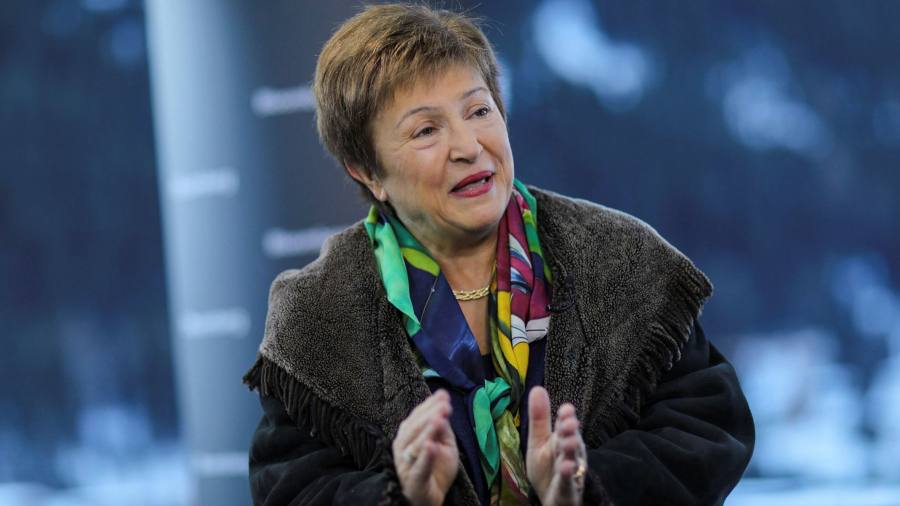[ad_1]
The writer is a visiting fellow at the London School of Economics and Political Science and a former IMF official
The most severe economic crisis since the Depression should have been a moment for the IMF to shine. While the fund has approved a large number of borrowing arrangements since the start of the pandemic, these have amounted to less than 10 per cent of its $1tn resources. This is despite the fund saying that it has “substantial space†in its lending capacity and is “ready to help even moreâ€. This begs the question, does the IMF provide help no one wants any more?
The global economy was expected to contract by 4.4 per cent last year, while countries’ external debt increased by $4.9tn during the first three quarters of 2020. These circumstances should have catapulted the IMF into action; in 2009, world gross domestic product shrank by just 0.1 per cent. Kristalina Georgieva, IMF managing director, last April stated that the fund’s $1tn lending capacity was “four times more than at the outset of the global financial crisisâ€. She added that the fund had taken “exceptional measures†and sought to “maximise our ability to provide financial resources quicklyâ€.
The IMF has repeatedly said it needs more resources to be able to act credibly in times of crisis. Yet it struggles to deploy the resources it has. Between the end of January 2020, when Covid-19 was declared a global public health emergency, and January 2021, by my calculations using IMF data the fund extended lending commitments by gross $97bn to $288bn and approved 111 arrangements. Excluding flexible credit lines, which are normally not activated, total new lending commitments were $52bn. The average loan amount approved in per cent of IMF quota — the member countries’ share in the institution — has been 76 per cent, or $481m excluding FCLs.
Compared with the global financial crisis, the IMF has offered significantly less during Covid and through smaller arrangements. In the year to September 2009, the IMF approved new lending commitments of $75bn excluding FCLs. Thirty-four arrangements were approved with the average amount representing 340 per cent of quota, or $2.4bn.
Countries typically try everything before resorting to the IMF. The fund’s resources are tied to strict loan provisions — conditionality — since by the time countries approach the IMF the most drastic measures are needed. Borrowing therefore depends on the perceived opportunity and cost of engaging with the IMF, and that is often political. New arrangements — rapid financing instruments and rapid credit facilities — have reduced the strings attached but can only be offered for relatively small amounts. While a new special drawing rights allocation now seems a possibility, SDRs are unlikely to serve as an effective crisis-resolution instrument.
The Asia crisis of the late 1990s made the IMF persona non grata in the larger east Asian countries for its perceived onerous conditionality. The eurozone crisis, starting in 2008, may have further eroded trust in the IMF by diminishing its role as a technocratic institution and independent broker and making it appear a political shield for EU policymakers.
It matters who the IMF lends to. The last time the fund approved an arrangement for a G7 country, Italy, was in 1977. The less big countries rely on the IMF, the more divided members become and the less influence the fund has both in obtaining support and buy-in and in terms of its authority in global economic proceedings.
The world needs an effective international financial safety net. The fund must upgrade its toolkit, reform its governance, restore confidence it can act independently and offer support that countries want to take. Conditionality will need to be recalibrated fundamentally to reduce the political cost. This would allow the IMF to engage as a lender not solely of last resort. The “big bazooka†is still required. But it will have to be fired from time to time to prove that it works.
[ad_2]
Source link





